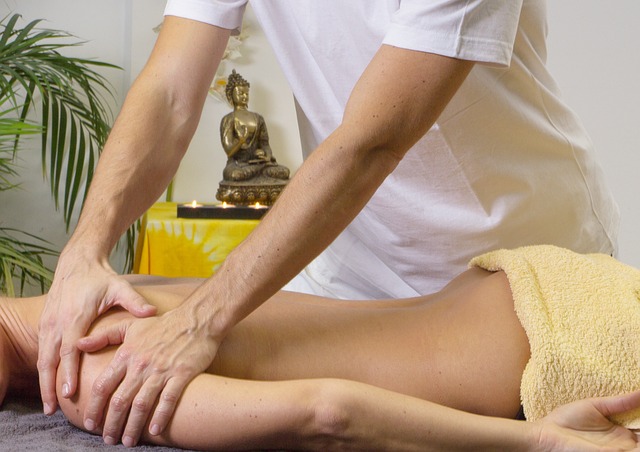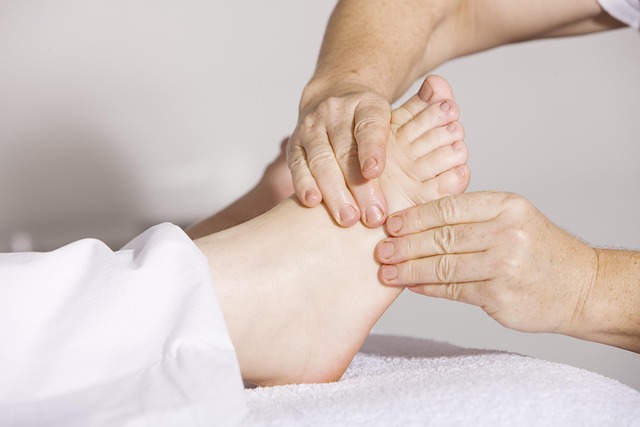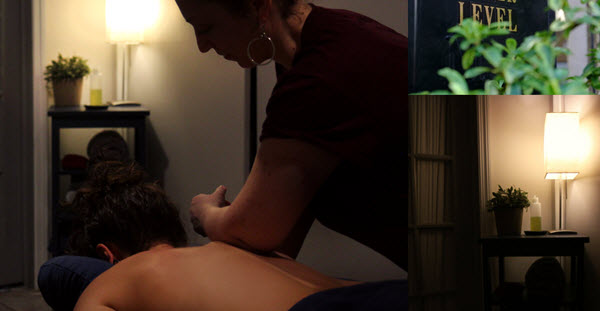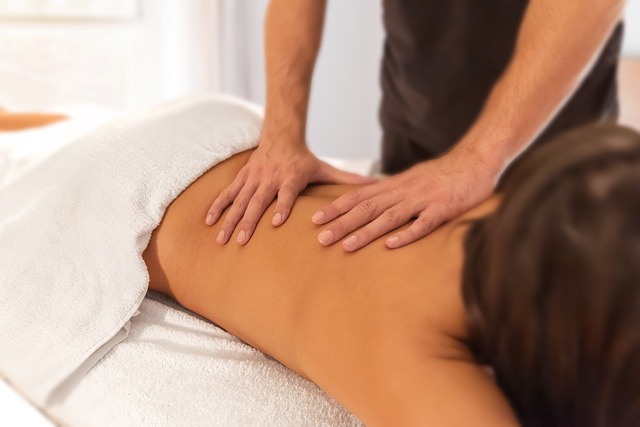If you’re looking for a relaxing and rejuvenating experience, Swedish massage might be just what you need. This popular massage technique has been used for centuries to relieve stress, ease muscle tension, and improve overall well-being. In this guide, we’ll take a closer look at Swedish massage, how it works, and the benefits it offers.
What is Swedish Massage?
Swedish massage is a type of therapeutic massage that uses long, flowing strokes, kneading, and circular movements to relax the muscles and joints. It is sometimes also referred to as “classic massage” or “relaxation massage”. The massage therapist typically uses oil or lotion to help their hands glide smoothly over the skin, allowing for a more comfortable and relaxing experience.
Swedish massage was developed in the early 19th century by Per Henrik Ling, a Swedish physiologist and gymnastics instructor. It is now one of the most commonly practiced massage techniques in the Western world.

How Does Swedish Massage Work?
Swedish massage works by using a combination of techniques to manipulate the soft tissues of the body. The massage therapist uses long, sweeping strokes to warm up the muscles and increase blood flow. They may also use kneading and circular movements to help release tension and improve flexibility.
Swedish massage is designed to target the superficial layers of muscle tissue, which are typically the most prone to tension and tightness. The massage therapist will work on the neck, shoulders, back, and legs, as well as other areas that are causing discomfort or pain.
The massage therapist may also use other techniques, such as tapping or vibration, to help stimulate blood flow and promote relaxation. They will typically adjust the pressure and intensity of the massage to suit the individual client’s needs and preferences.

What Are the Benefits of Swedish Massage?
Swedish massage offers a range of benefits for both the body and mind. Here are just a few of the ways that it can help:
- Relieve Muscle Tension: Swedish massage is particularly effective at reducing muscle tension and soreness. The long, sweeping strokes help to increase blood flow and oxygen to the muscles, which can help to release tension and improve flexibility.
- Reduce Stress: Swedish massage is also an excellent way to reduce stress and promote relaxation. The gentle, soothing strokes can help to calm the mind and reduce anxiety, making it an ideal way to unwind after a long day.
- Improve Circulation: Swedish massage can help to improve circulation by increasing blood flow to the muscles and other tissues. This can help to reduce inflammation, boost immunity, and promote overall well-being.
- Alleviate Pain: Swedish massage can be an effective way to alleviate pain, particularly in the back, neck, and shoulders. By releasing tension in the muscles and improving circulation, it can help to reduce discomfort and improve range of motion.
- Boost Immunity: Swedish massage can also help to boost immunity by stimulating the lymphatic system. This can help to remove toxins and other waste products from the body, reducing the risk of illness and promoting overall health.

What to Expect During a Swedish Massage Session
If you’re new to Swedish massage, you may be wondering what to expect during a session. Here’s a quick overview of what typically happens:
- Consultation: Your massage therapist will begin by asking you about any specific areas of concern, as well as your general health and wellness. This will help them to tailor the massage to your needs and preferences.
- Preparation: You’ll be asked to undress to your comfort level and lie face down on a massage table. The therapist will cover you with a sheet or towel, exposing only the area they are working on at any given time.
- Massage: The therapist will use a combination of long, flowing strokes, kneading, and circular movements to relax your muscles and release tension. They may also use tapping or vibration techniques to help stimulate blood flow and promote relaxation.
- Communication: It’s important to communicate with your therapist throughout the session. If the pressure is too light or too intense, let them know. They can adjust their technique to ensure that you’re comfortable and getting the most out of your massage.
- Ending the Session: At the end of the session, the therapist will give you a few minutes to relax and get dressed. They may also offer suggestions for stretches or other self-care practices to help you maintain the benefits of your massage.
How to Prepare for a Swedish Massage
To get the most out of your Swedish massage, there are a few things you can do to prepare:
- Hydrate: Drink plenty of water before your massage to help hydrate your muscles and improve circulation.
- Arrive Early: Arrive at least 10-15 minutes early to allow time for paperwork and to get settled in.
- Communicate: Let your therapist know about any specific areas of concern or health issues you may have.
- Avoid Heavy Meals: Try to avoid eating a heavy meal before your massage to avoid discomfort and promote relaxation.
- Dress Comfortably: Wear comfortable, loose-fitting clothing to your appointment to ensure that you’re able to relax and move freely during your massage.
In Conclusion
Swedish massage is a relaxing and rejuvenating experience that can help to reduce muscle tension, relieve stress, and promote overall well-being. By using a combination of long, flowing strokes, kneading, and circular movements, this popular massage technique can help to improve circulation, alleviate pain, and boost immunity. If you’re looking for a way to unwind and treat yourself to some much-needed self-care, Swedish massage might be just what you need.
